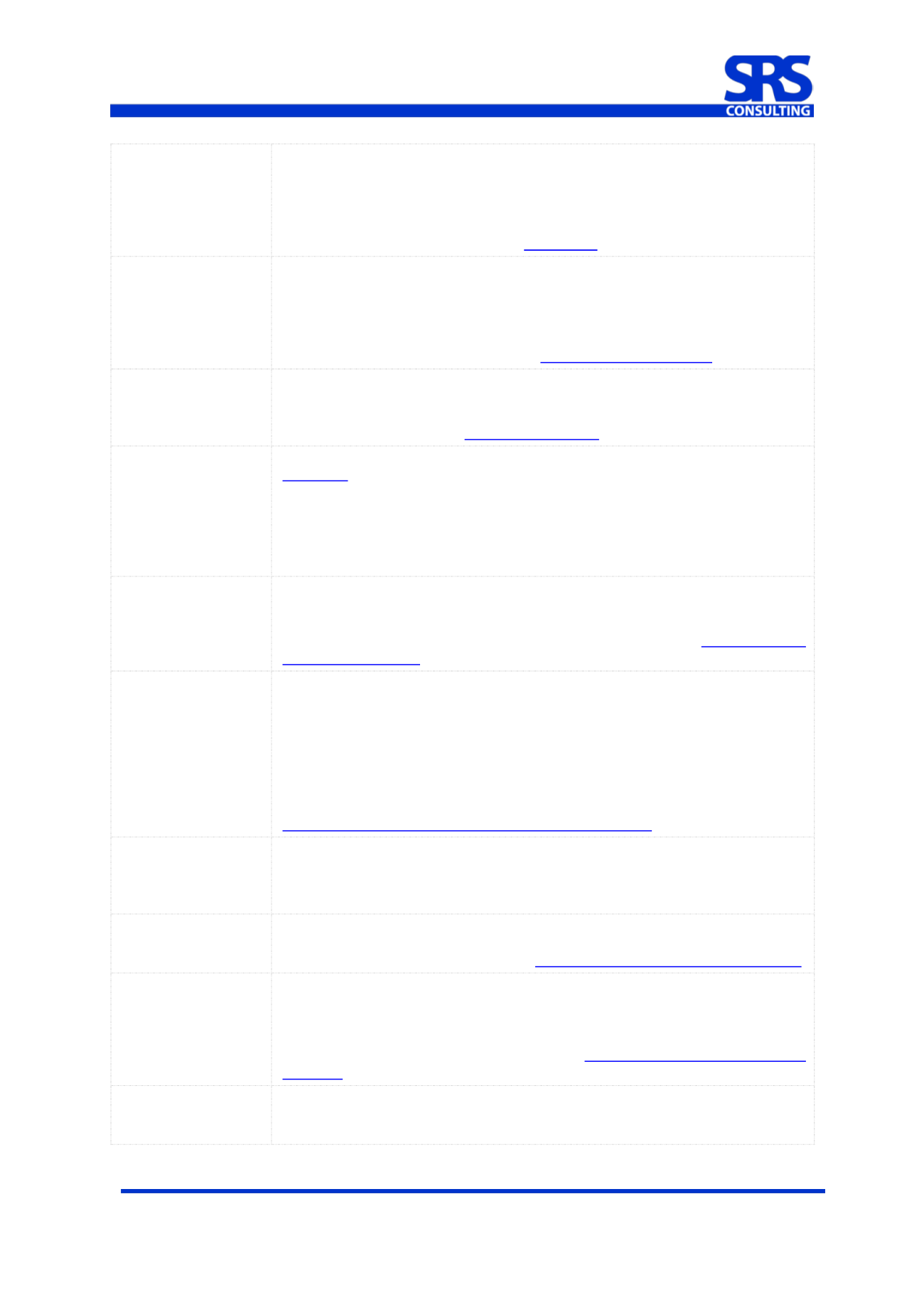

© 2012-2014 SRS Consulting GmbH
20141002_glossar_de-en
Seite 8 von 20
Tag
To help you categorize, act on, or search for tickets and forum articles, you
can add tags. Tags can be added to tickets automatically based on the words
in the request, manually by agents, or via triggers, automations, and macros.
Once added, you can create views by tags, search for tags and the tickets in
which they are included, and use tags in your triggers, automations, and
macros. For more information, see
Using tags .Target
There may be times when you want to notify an external system about a new
ticket or an important state change to a ticket (for example, send a message
when a high priority ticket has not been resolved after a specified amount of
time). By setting up external targets you can communicate with many cloud-
based applications and services (such as Twitter and Twilio) as well as HTTP
and email. For more information, see
Notifying external targets .Team leader
This is a Zendesk Enterprise agent role. Team leaders have greater access
to the help desk than staff agents. They can read and edit all tickets,
moderate forums, and create and edit end-users, groups, and organizations.
For more information, see
Custom agent roles .Ticket
Support requests received from any of the help desk channels (see
Channels )become tickets. Each ticket is assigned to an agent to solve and
all activity related to solving the support request is captured as details within
the ticket. The entire help desk is built around receiving, managing, and
solving tickets. Ticket data includes Subject, Email, Description, Status, Type,
Priority, Group, Assignee, Tags, and any other custom fields you create. Each
ticket requires a subject, email address, and description.
Ticket sharing
Tickets can be shared between help desks so that you collaborate only
solving tickets. You establish sharing agreements with other help desks and
specify the terms under which sharing can occur, and how shared tickets are
managed between help desks. For more information, see
Sharing tickets between help desks .Trigger
Creating or updating tickets in Zendesk generates events. You can use these
events to automatically modify tickets and send email notifications. For
example, when a new ticket is created Zendesk sends an email confirmation
to the person who generated the ticket (the requester). The mechanism that
enables this is called a trigger. Using triggers, you can also automatically
assign a ticket to a specific support agent or support group based on the email
address it was sent to, the organization to which the requester belongs, or
keywords contained in the request message. For more information, see
Streamlining workflow with ticket updates and triggers .Type
Each ticket is assigned a type. There are four values for type: Question,
Incident, Problem, Task. The ticket type is used throughout the help desk to
generate views and reports and it's also used as a condition in automations,
macros, and triggers.
User tagging
Tags can be added to users and organizations and these tags can then be
used in business rules to manage the ticket workflow and to restrict access
to forums. For more information, see
Adding tags to users and organizations .View
Views define a collection of tickets based on a set of criteria (expressed as
conditions). Views can be formatted to be displayed as lists or tables and you
can specify who can access them. You create and use views to define
collections of tickets such as "My open tickets" or "Recently solved tickets"
for example. For more information, see
Using views to manage ticket workflow .Web portal
This refers to the parts of the help desk application that are available to end-
users to submit tickets, track their support requests, and access your
knowledge base and forums.

















